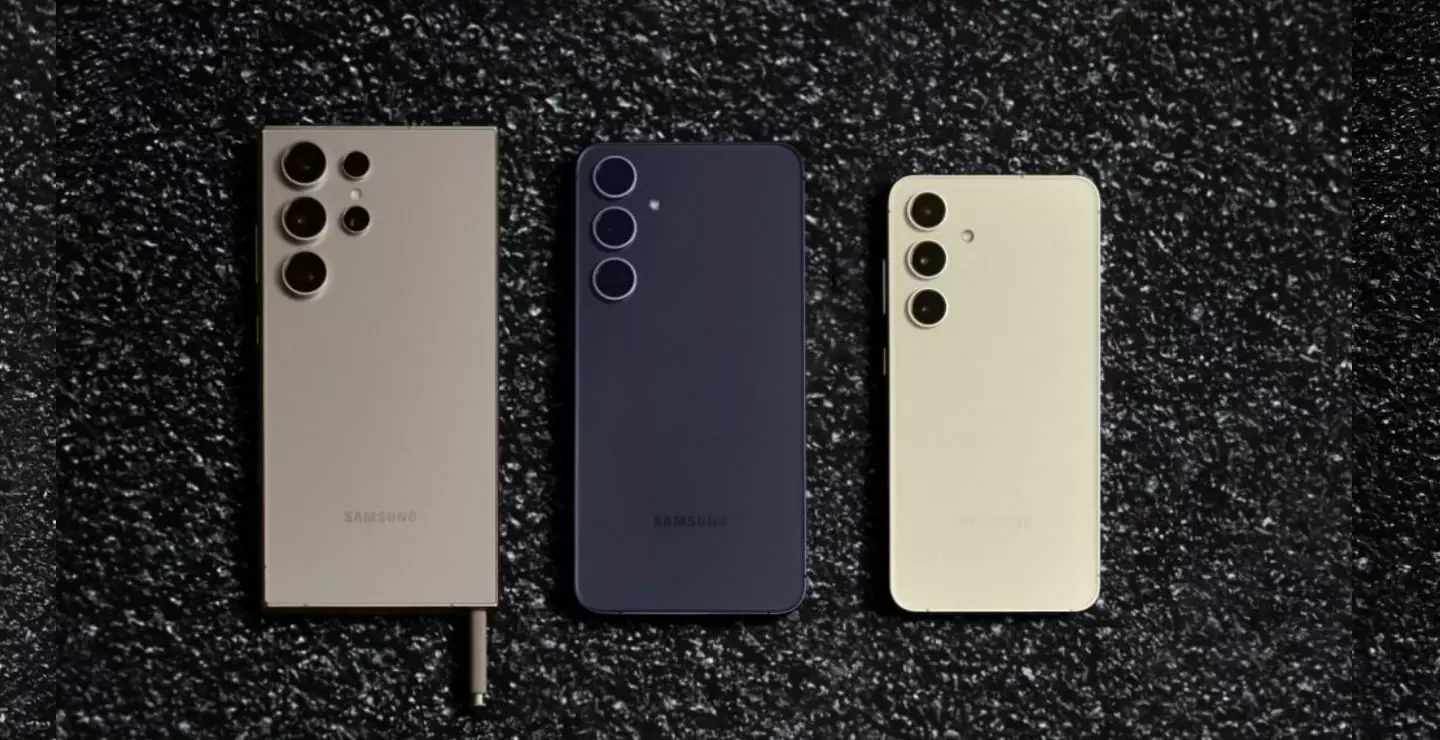In a notable turn of events, global smartphone shipments saw a four percent increase in 2024 compared to the previous year’s figures, as highlighted in a recent report from a recognized market research firm. This growth represents the first year-over-year (YoY) increase following two years of declines, making it a significant moment in the smartphone industry. The optimism is largely a response to improved consumer sentiment driven by macroeconomic stability, which has finally pierced through the stagnant market conditions that plagued 2022 and 2023. It’s important to note that 2023 recorded the lowest sales figures in over a decade, underlining the magnitude of the recovery witnessed in 2024.
Research Director Tarun Pathak from Counterpoint Research shared insights on this shift, emphasizing that the market not only found its feet again but actually exhibited signs of sustained growth over the last five consecutive quarters. The most profound developments were seen across various regions, particularly in Europe, China, and the Latin American markets, where consumers were inclined to invest back into the smartphone sector.
Samsung maintained its crown as the leading smartphone manufacturer, claiming a substantial 19 percent market share. This dominance has largely been fueled by robust demand for the Galaxy S24 series, which was touted as the company’s first range of AI-powered smartphones. Their successful reception can be traced back to effective marketing strategies and innovation in features that struck a chord with consumers in Western Europe and the USA. Unlike many of its competitors, Samsung managed to provide a stable supply, which proved to be essential in meeting the rising consumer expectations.
Interestingly, the overall smartphone market remains highly competitive, with Apple and Xiaomi closely trailing behind Samsung, holding 18 percent and 14 percent market shares, respectively. Despite Apple’s strong presence, particularly in its non-core markets such as Latin America and Asia-Pacific, its iPhone 16 series encountered a somewhat lukewarm response. Analysts pointed out that the brand’s launch was hindered by limited availability of its “Apple Intelligence” systems, revealing that even for established giants, timing and supply logistics can critically impact performance.
Xiaomi’s position as the third-largest smartphone manufacturer is both commendable and indicative of its rapid growth trajectory; it is the fastest-growing brand among the top five mobile device makers in 2024. Companies like Vivo and Oppo, holding eight percent market share each, have also managed to retain their foothold in this fiercely competitive landscape.
Although the established players continued to dominate, emerging brands such as Huawei, Honor, and Motorola demonstrated remarkable growth, creating an aggressive competitive environment that pressures incumbent leaders to innovate and adapt rapidly. Motorola, notably, emerged as the fastest-growing brand within the top 10, showcasing that the market is not merely a contest between long-established giants but is increasingly influenced by a new generation of ambitious players.
Looking into the future, the incorporation of GenAI into premium smartphones is poised to redefine market trends and consumer expectations. By 2028, it is projected that 90 percent of smartphones priced above $250 will be GenAI-capable, indicating that innovation centered around artificial intelligence will be a critical factor for brands aiming for relevancy in a crowded market.
While the outlook for smartphone volumes appears cautious, with expectations that figures will not reach pre-COVID heights, the revenue trends paint a more optimistic picture. Analysts project that in 2025, the revenue growth rate will outpace volume growth, with an anticipated increase of 8 percent YoY in revenue compared to a 4 percent growth in shipping volumes. This suggests that while the market may stabilize, profitability will hinge increasingly on premium offerings and AI integration that cater to an evolving consumer base.
The smartphone market is witnessing a pivotal rebound in 2024, characterized by both significant growth and fierce competition. Major players are adapting to new consumer demands, while emerging brands are challenging the status quo, crafting a dynamic, rapidly evolving industry landscape.

